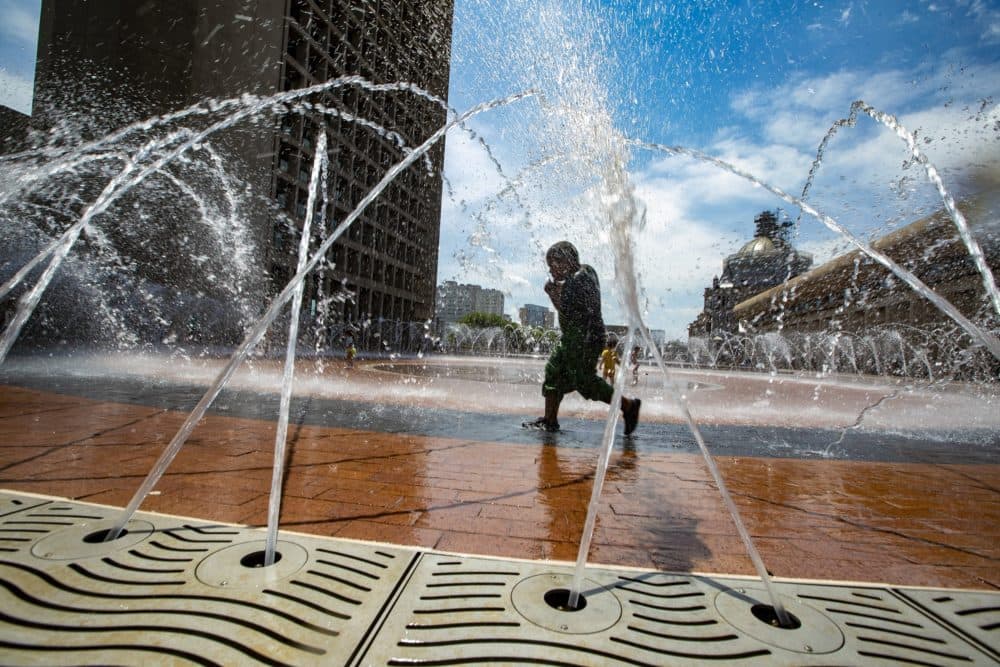Advertisement
Coronavirus Coverage
Study: COVID Transmission Weakens In Hot, Humid Weather
Resume
Heat, humidity and the sun’s UV rays all play a part in slowing the spread of COVID-19. That’s according to new research from the Yale School of Public Health.
At the beginning of the pandemic some health experts speculated that COVID-19 spreads easier in cool, dry places. The new research appears to support that theory. Kai Chen is with the Yale School of Public Health.
“There’s evidence suggesting temperature and humidity are linked to other coronaviruses,” Chen said.
Chen and his team — including researchers from Yale and Columbia University — looked at COVID-19 transmission rates in different counties across the U.S. last year, including hot, humid counties in the south and cooler places like New England.
“Generally, these weather variables have higher contributions to the transmission in the northern counties. They’re maybe more cold, more dry and have less UV radiation during the winter,” Chen said.
Still, Chen said heat, humidity and UV rays only account for less than 20% of the factors that reduce COVID-19 transmission.
“They indeed play the role, but only secondary. The main role are the public health measures — the vaccination, wearing a mask or social distancing,” Chen said.
Chen said next they’d like to explore something else health experts have long suspected — that air pollution plays a role in COVID-19 transmission and may lead to more severe cases.
This story is a production of New England News Collaborative. It was originally published by WSHU on June 14.
This segment aired on June 15, 2021.